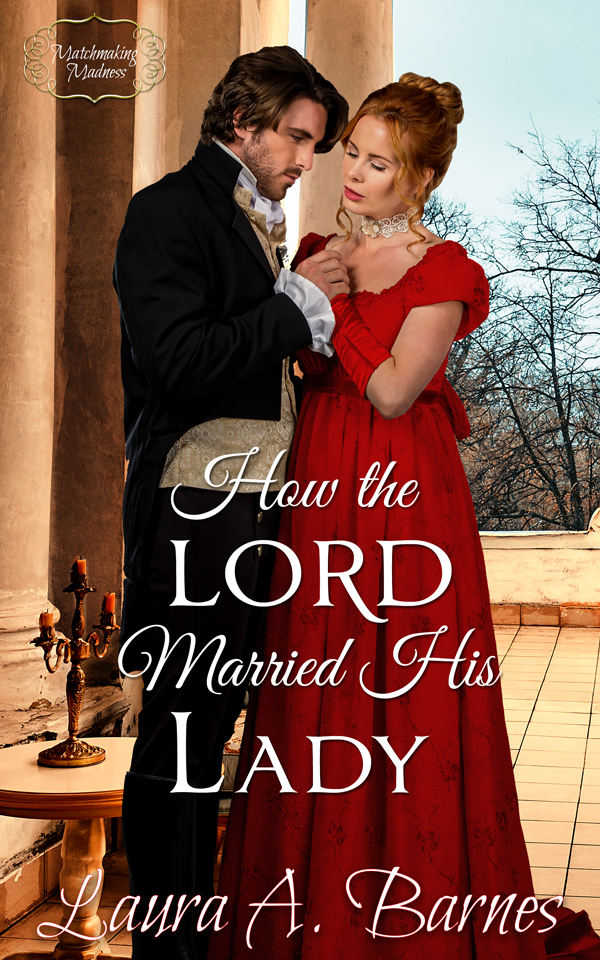April is early spring, and usually the month for Easter, with its Hot Cross Buns and the end of Lent. The London Season usually began right around Easter.
In Scotland, April 1, Fool’s Day, was a popular holiday. “Hunting the gowk” was the name for the game in which people were sent on phony errands (gowk is a word for cuckoo bird, a symbol for fool). In England, various April dates are called ‘Cuckoo Day ‘ and some places hold ‘Cuckoo Fairs’.
From Observations on Popular Antiquities, Chiefly Illustrating the Origin of our Vulgar Customs, Ceremonies and Superstitions by John Brand, published in 1813, comes the note that “The wit chiefly consists in sending persons on what are called sleeveless errands for the History of Eve’s Mother, for Pigeon’s Milk, with similar ridiculous absurdities.” Brand notes sleeveless seems to mean something that cannot be unraveled from the phrase “to sleeve a two” meaning to unfold or unravel.
 Maundy Thursday was the Thursday before Easter, which usually falls in April, but sometimes in March. The King was meant to distribute “alms” and maundy baskets to the poor—the Prince Regent had to take over these duties in his stead. The “maundy” comes from the Latin mandatum, or the Vulgate’s translation of Jesus’ words in the washing of the feet. Maundy baskets might be given to the poor with mutton, beef, and bread. An 1803 record notes four pounds of beef and four threepenny loaves in each basket. At right are Maundy coins minted in 1818 for George III, minted in silver, with values from 1d to 4d. The Maundy ceremony was typically held in Whitehall, in the Chapel Royal (what was once the Banqueting Hall, the vast hall used for ceremonies). Below is a print from the British Library of the Chapel Royal in 1811, with a staircase to a pulpit, what looks like eagles on flag, most likely captured French eagles, and what appears to be a clergyman giving a tour to a gentleman and a lady, with the gentleman in military uniform.
Maundy Thursday was the Thursday before Easter, which usually falls in April, but sometimes in March. The King was meant to distribute “alms” and maundy baskets to the poor—the Prince Regent had to take over these duties in his stead. The “maundy” comes from the Latin mandatum, or the Vulgate’s translation of Jesus’ words in the washing of the feet. Maundy baskets might be given to the poor with mutton, beef, and bread. An 1803 record notes four pounds of beef and four threepenny loaves in each basket. At right are Maundy coins minted in 1818 for George III, minted in silver, with values from 1d to 4d. The Maundy ceremony was typically held in Whitehall, in the Chapel Royal (what was once the Banqueting Hall, the vast hall used for ceremonies). Below is a print from the British Library of the Chapel Royal in 1811, with a staircase to a pulpit, what looks like eagles on flag, most likely captured French eagles, and what appears to be a clergyman giving a tour to a gentleman and a lady, with the gentleman in military uniform.
Of course, Easter, if it fell in April would be celebrated with Hot Cross Buns on Good Friday, and eggs—with an ancient association with spring and fertility—might be colored or decorated. Pace Eggs are hard boiled eggs with patterned shells, and are traditional made in the north of England. The orthodox Catholic churches have Paschal eggs, or eggs blessed by the priest at the end of the Paschal Vigil (the Holy Saturday before Easter Sunday).
The Easter of 1814 held special celebrations due to Napoleon’s abdication on April 6. As noted in John Ashton’s Social England Under the Regency, “Easter Monday fell on the 11th of April, and on that day London was brilliantly illuminated, very much better than usual; but then lights and transparencies had only been, hitherto, used for Victories—this was for Peace, which was welcomed by all with heartfelt thankfulness. The Duchess of Oldenburgh, at the Pulteney Hotel, had ‘Thanks be to God’ in variegated lamps. The Duke of Northumberland wreathed the head of his immortal lion with laurels; the statue of King Charles I. close by, was covered with laurels. Carlton House had its pillars entwined with lamps, the entablature marked out with them. On the parapet were six large stars; in the centre were the Arms of France supported by the figure of Fame with laurels, under which was Louis XVIII. A pedestal of fire supported two large stars: on the left, were Russia and Austria; on the right, Prussia and England; whilst in the centre, was a bit of deliciously bad French—’Vive les Bourbons,’ all done in silver lamps.”
For More Information:
Regina Jeffers lists the dates when Easter fell during the Regency at:
https://reginajeffers.blog/2021/04/02/easter-during-the-regency/
John Ashton’s book Social England Under the Regency is available online at: https://www.gutenberg.org/files/48390/48390-h/48390-h.htm
Article by Shannon Donnelly for The Quizzing Glass blog and The Regency Reader.







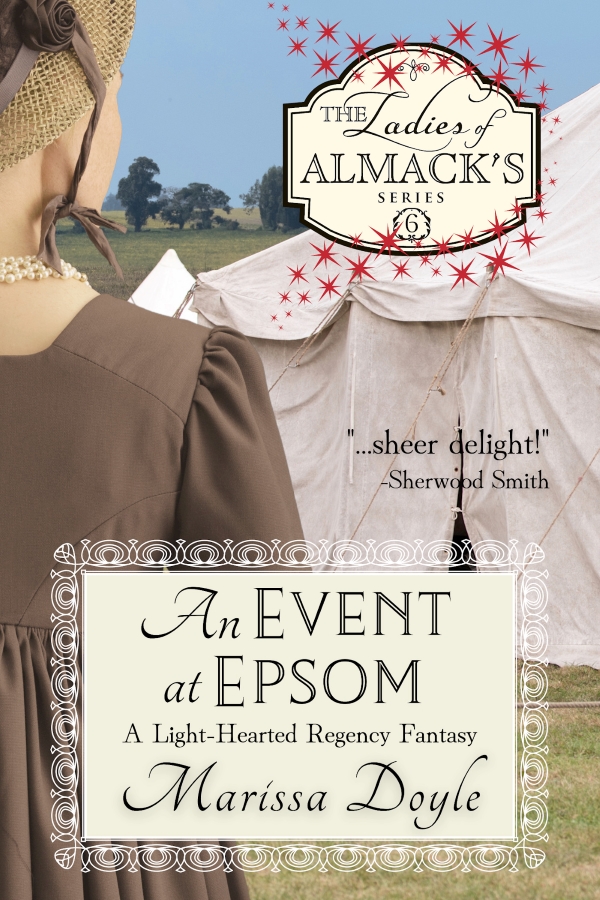
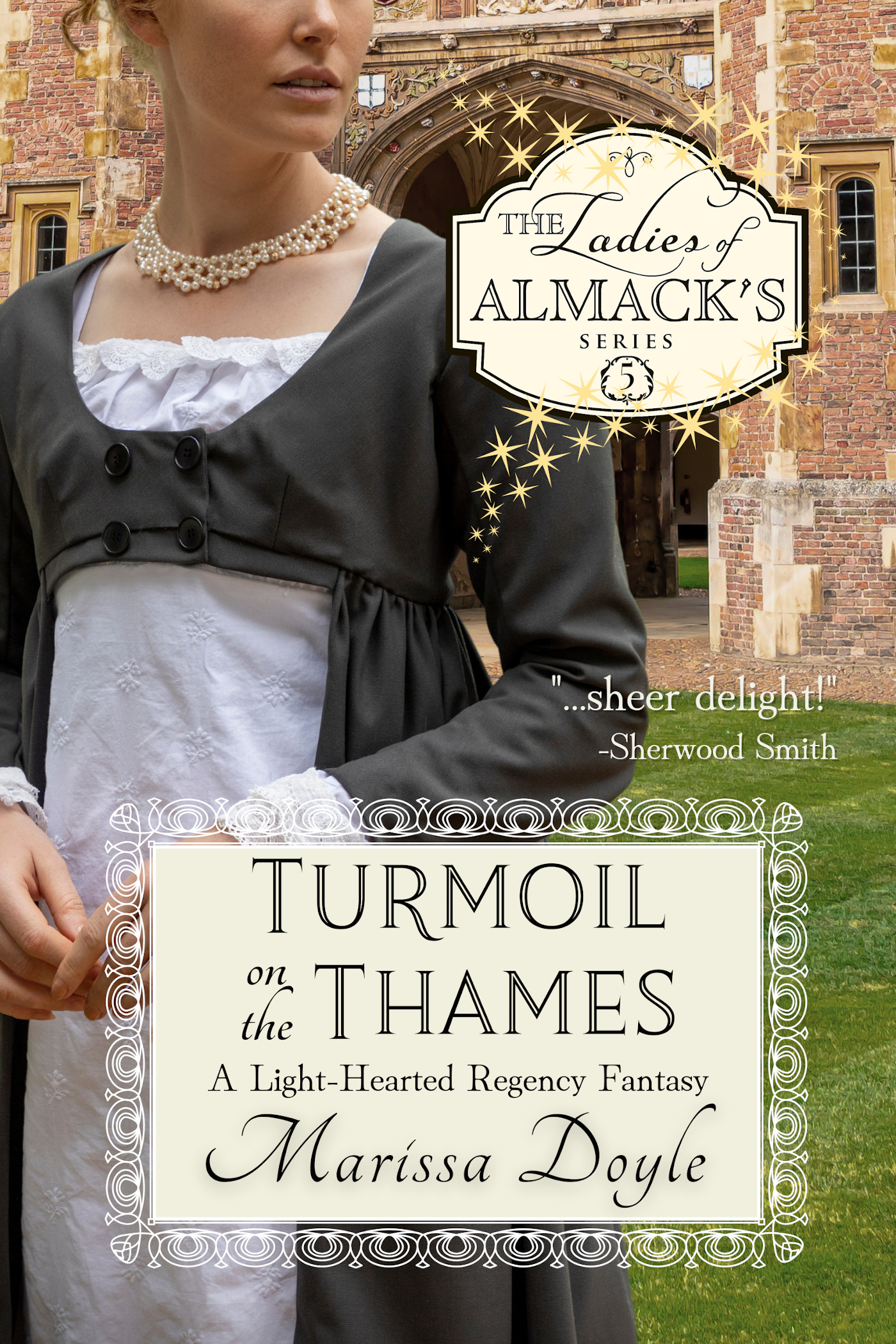

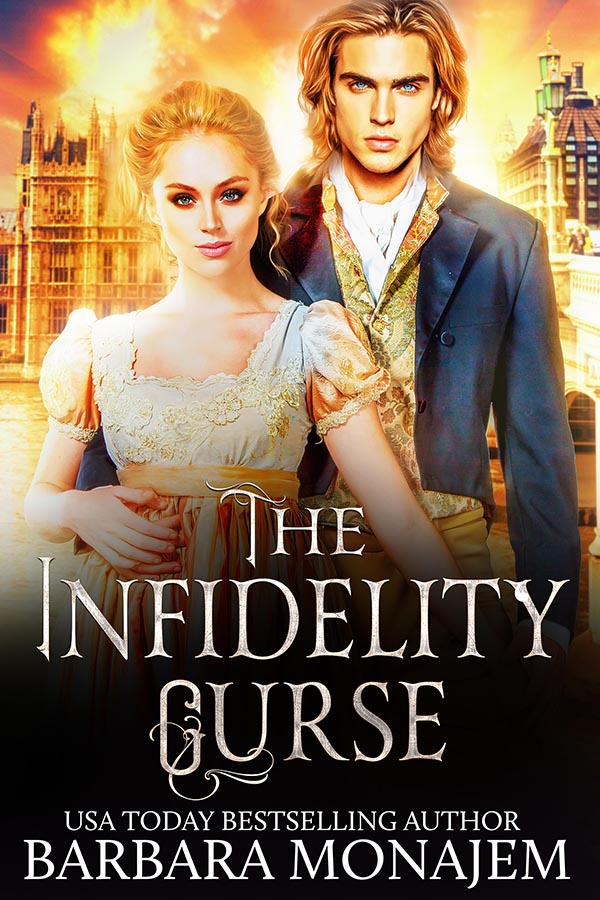



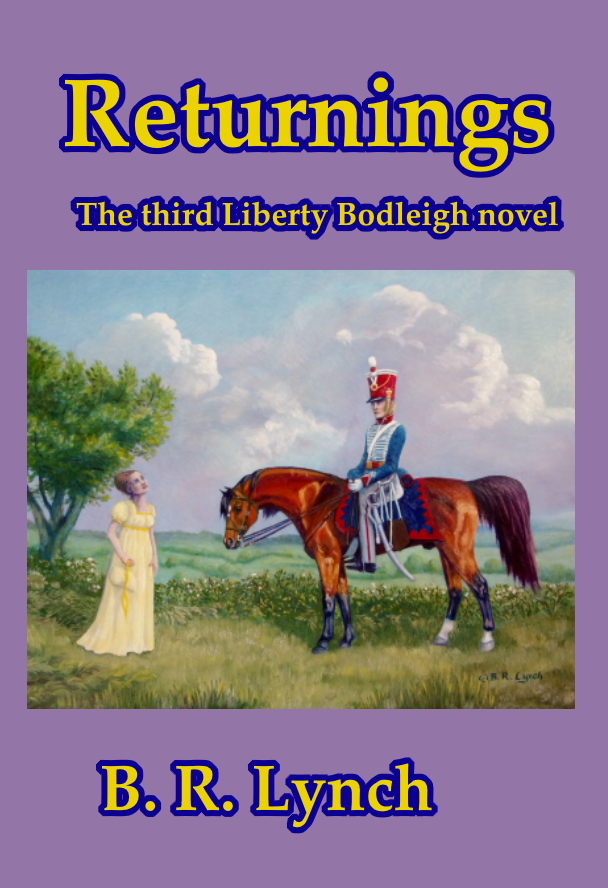


 Mary Jo Putney
Mary Jo Putney Vanessa Riley
Vanessa Riley